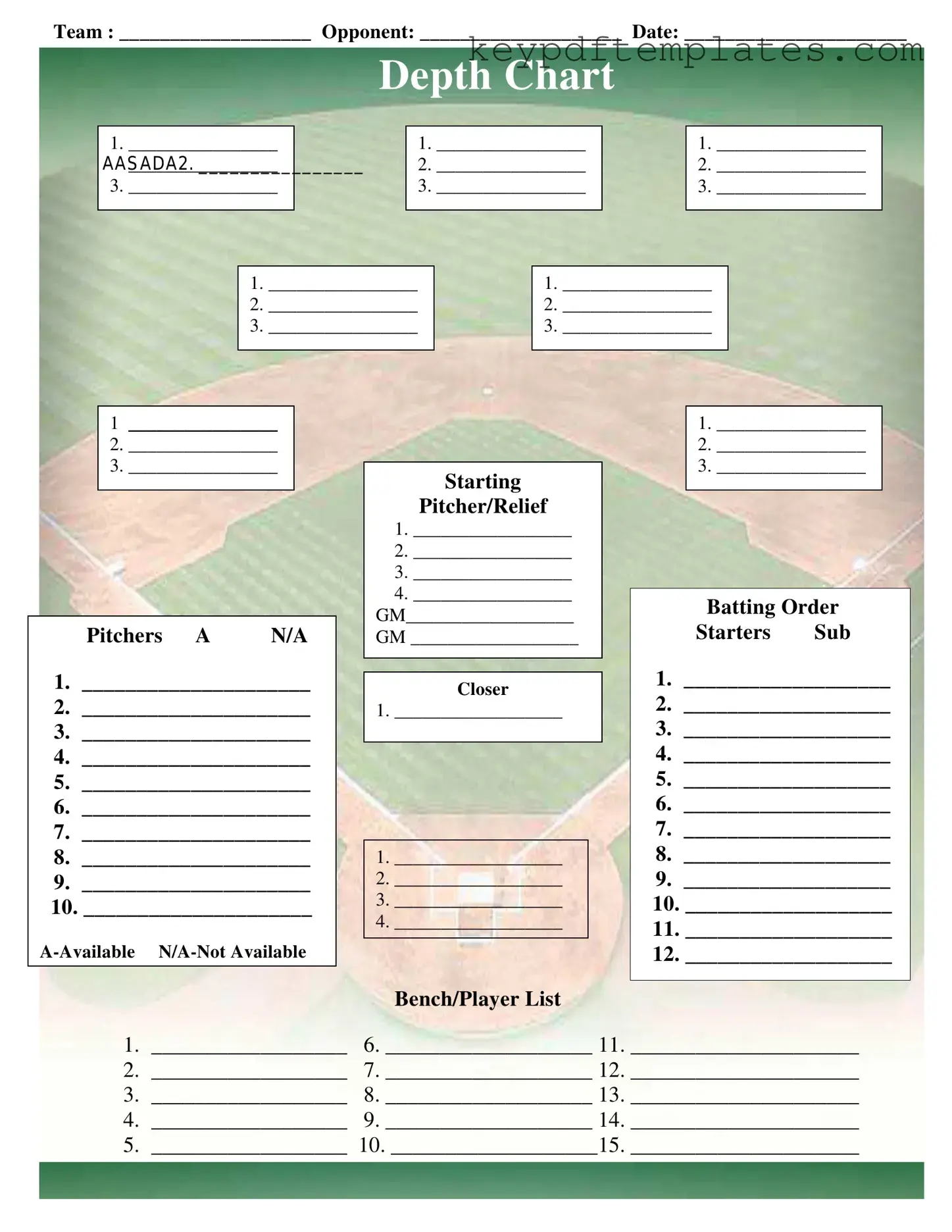Get Baseball Field Lineup Form
The Baseball Field Lineup form is a crucial document used by teams to organize player positions, batting orders, and pitching assignments for a game. This form ensures that all team members are accounted for and helps coaches make strategic decisions. Proper completion of the lineup form can significantly impact a team's performance on game day.
Modify Document Online
